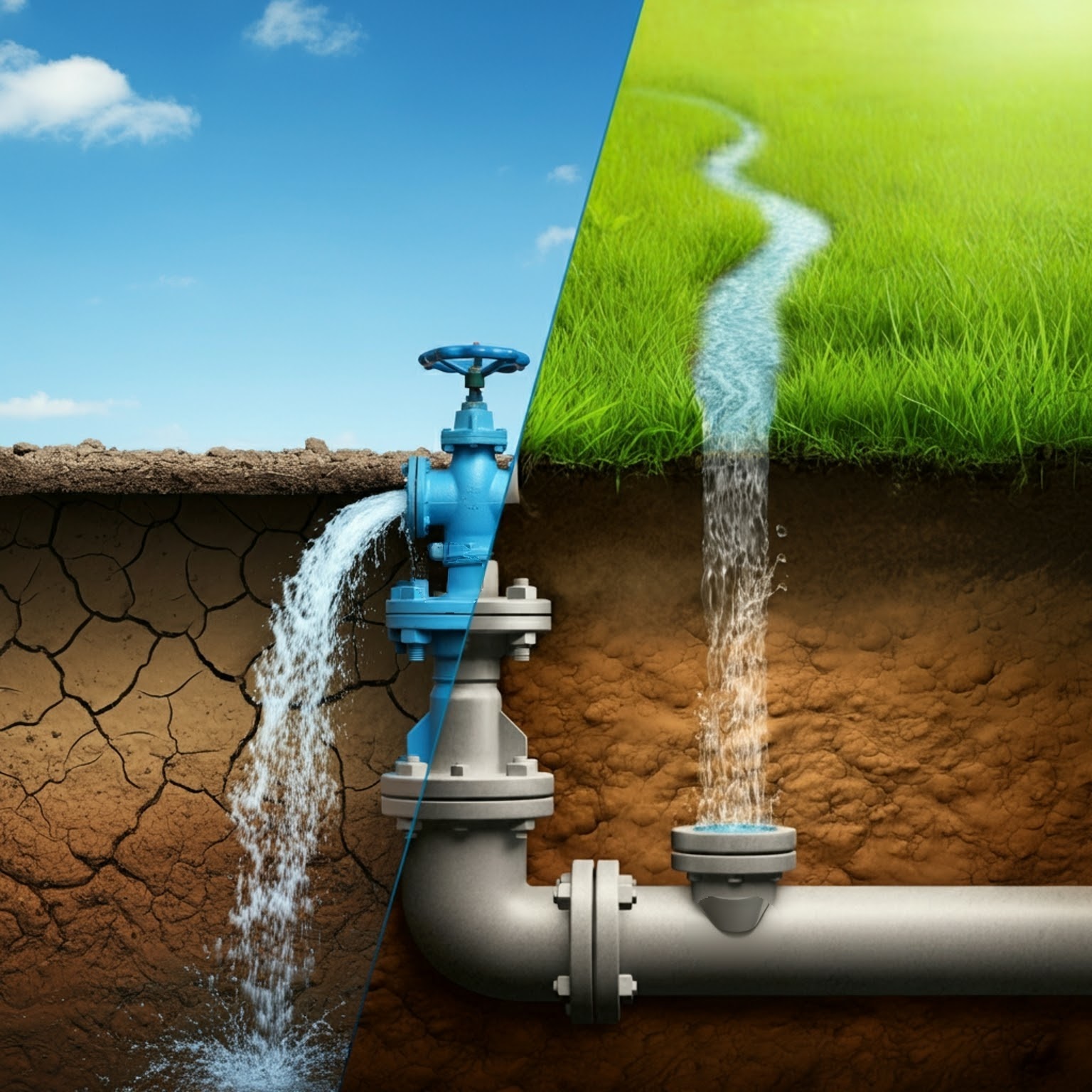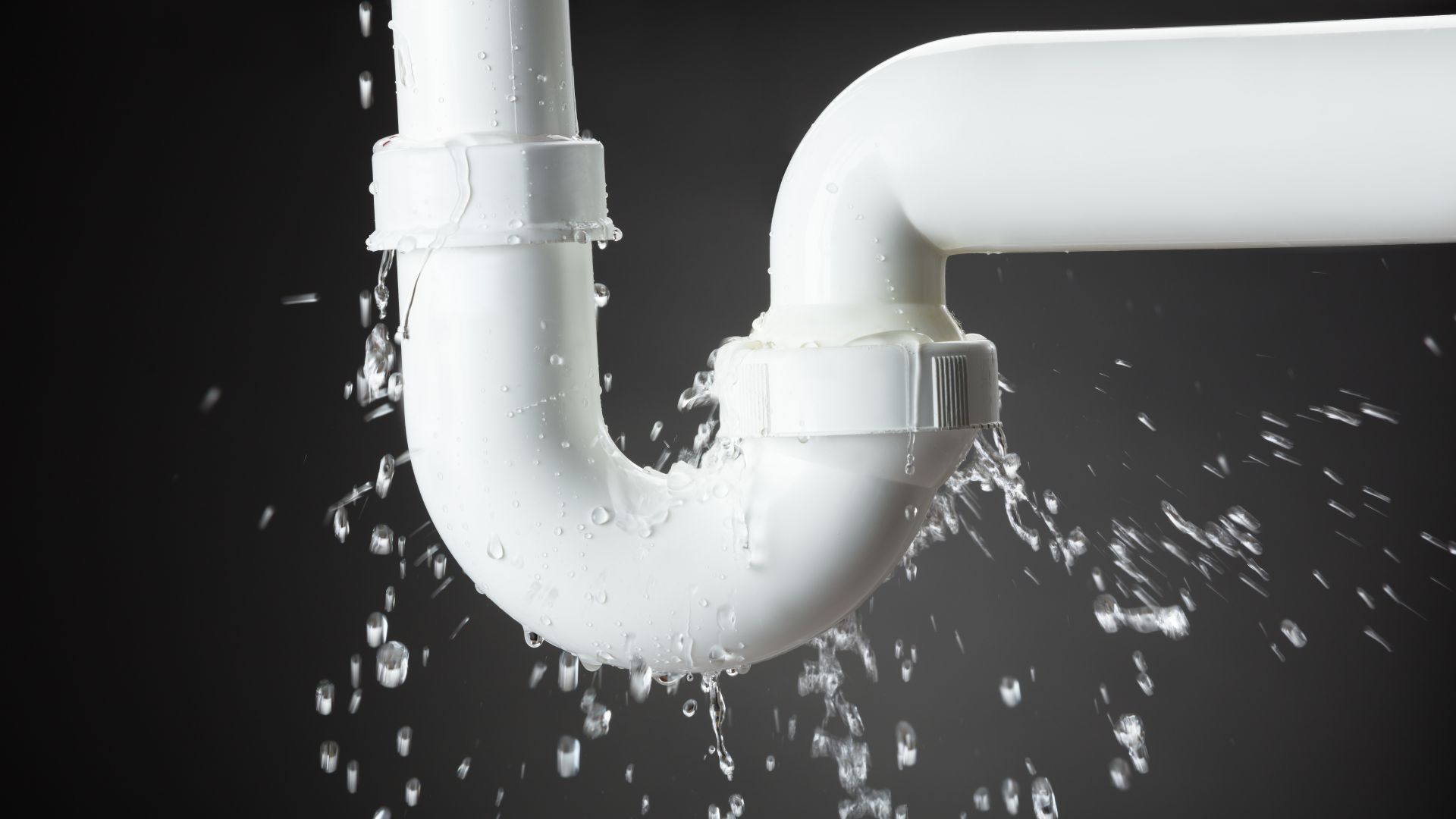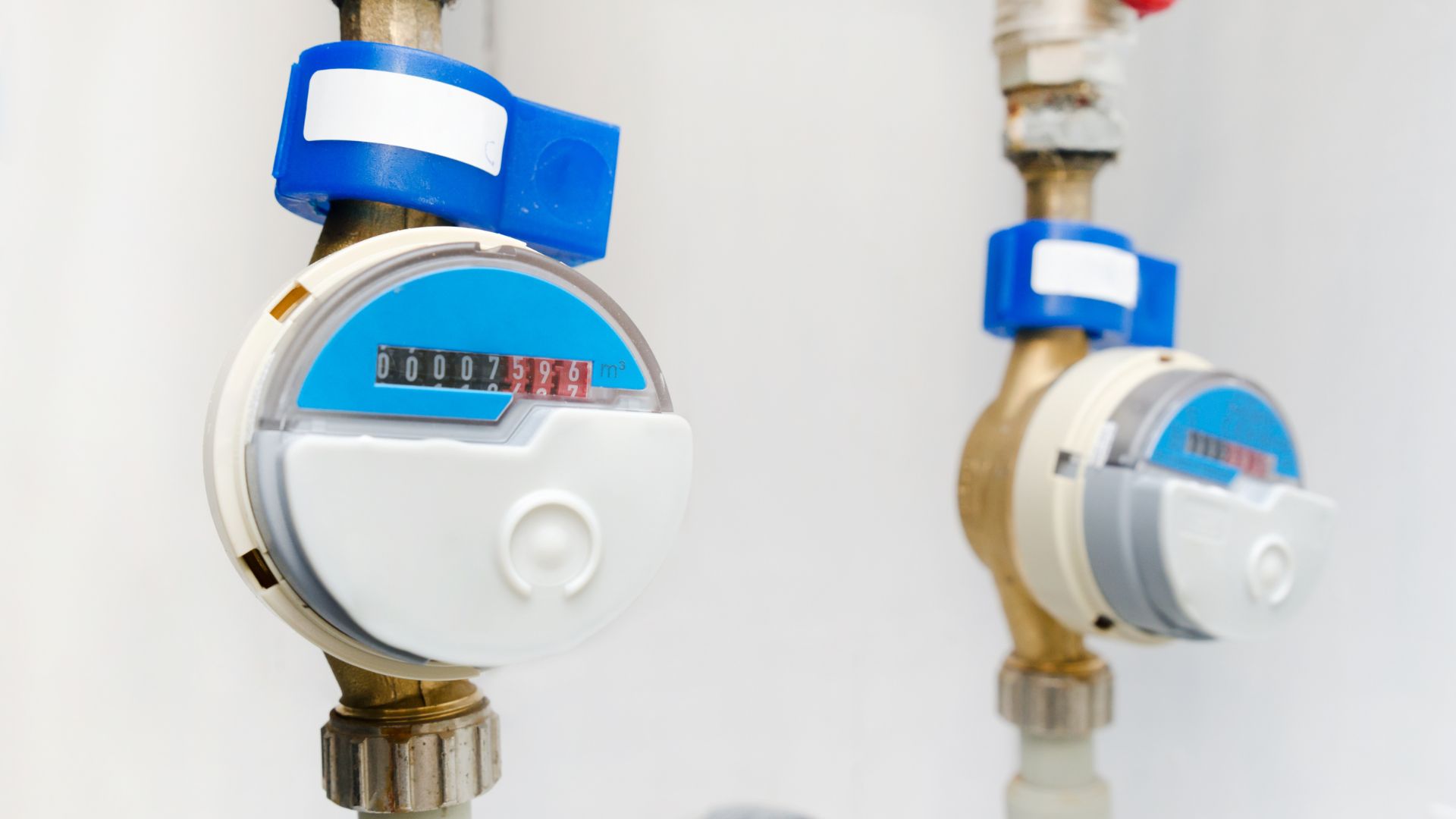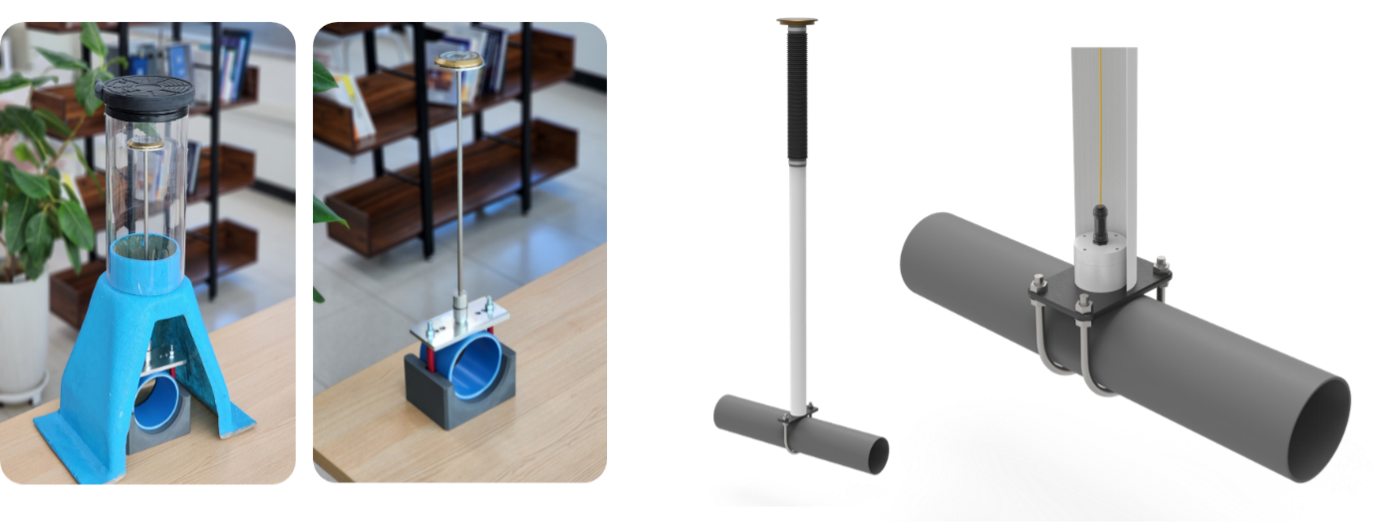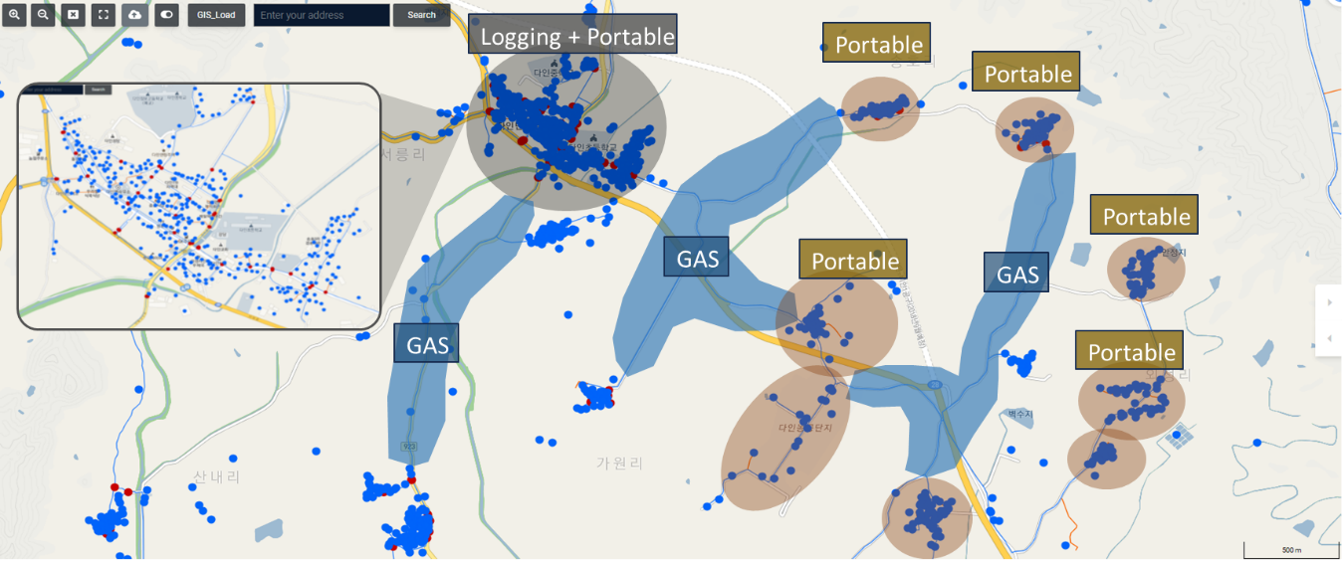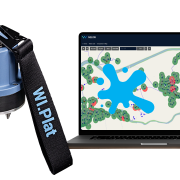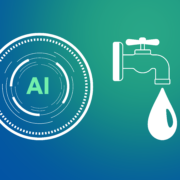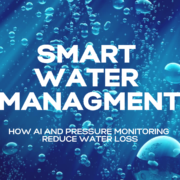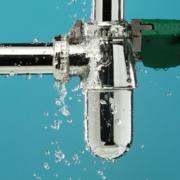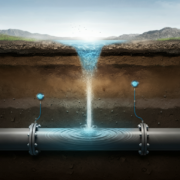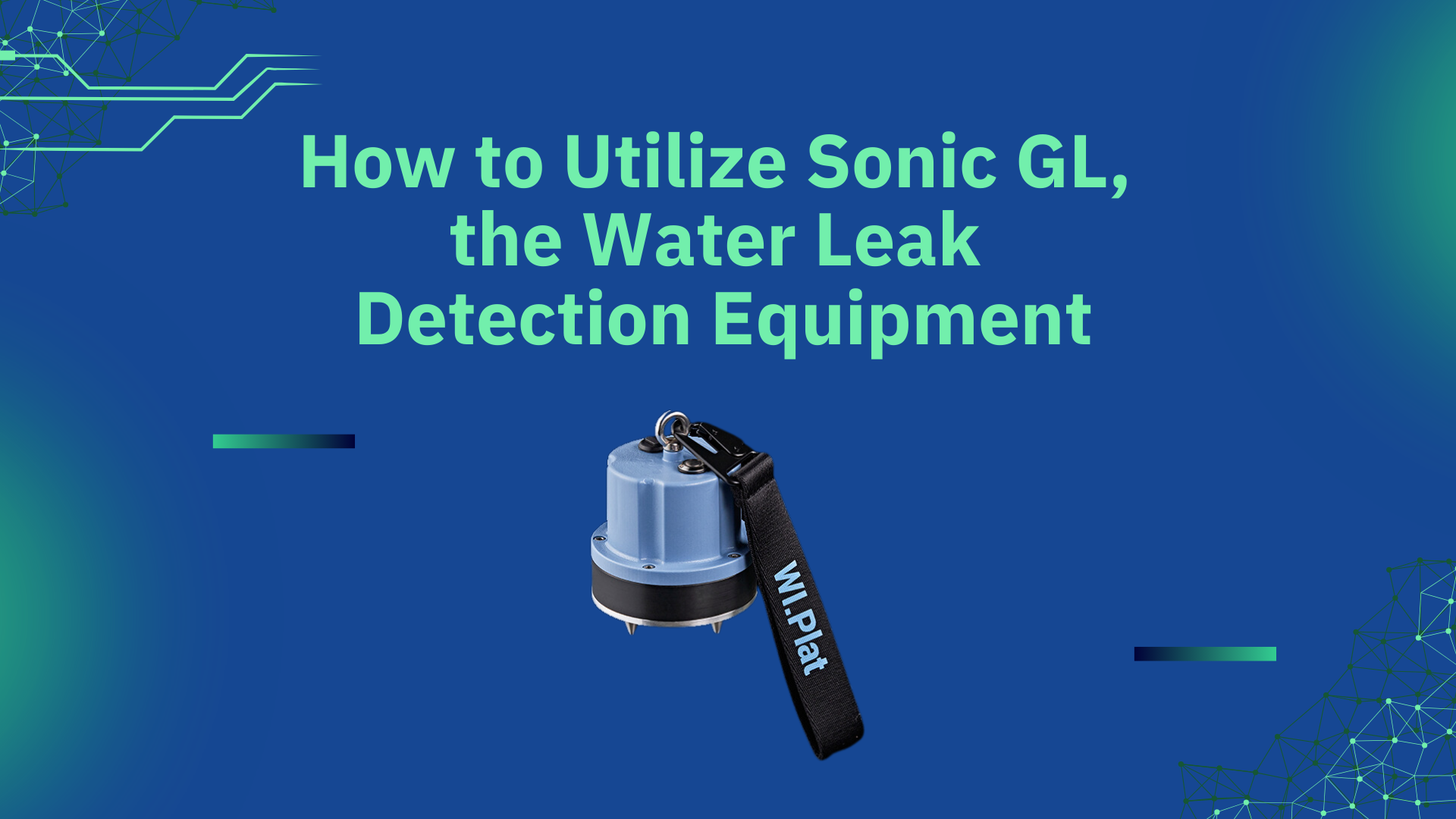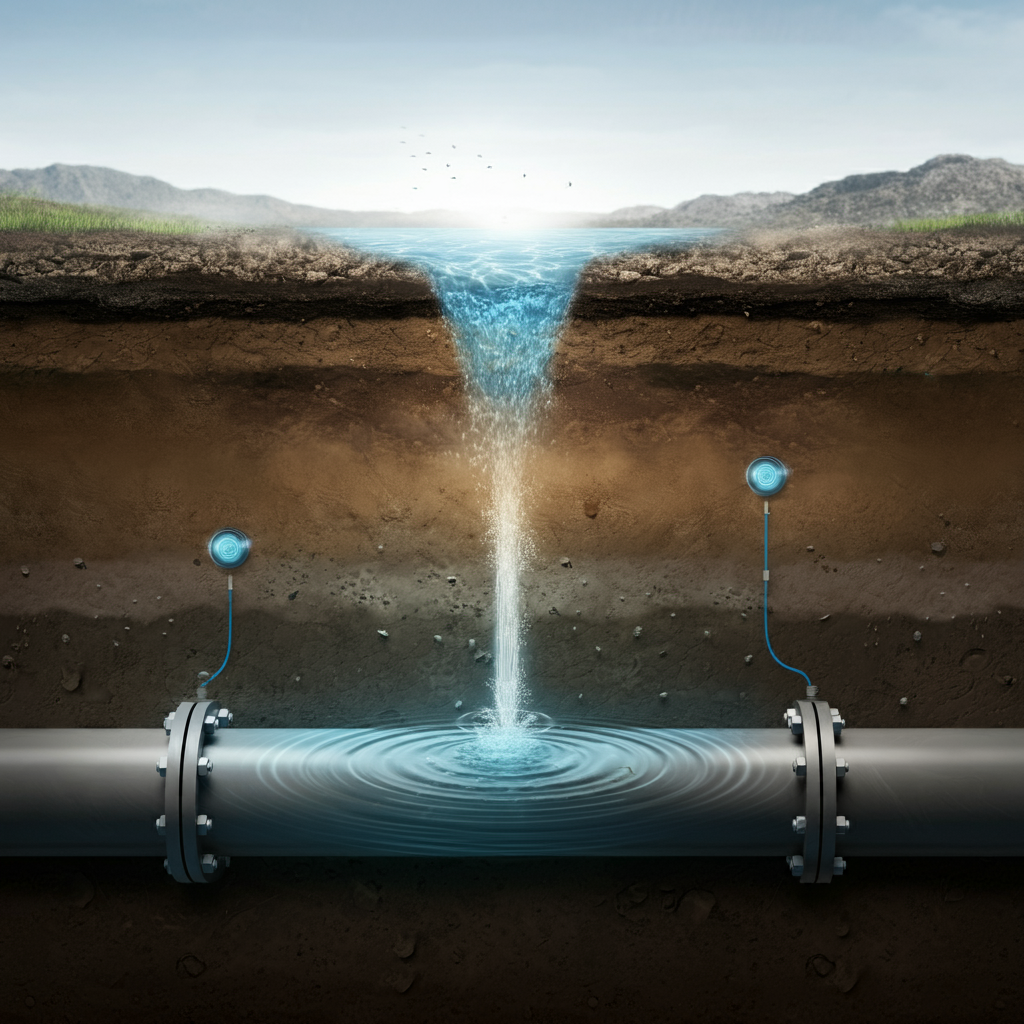Essential Planning for Effectiveness in Detecting Water Leaks
Effective water leak detection requires careful planning and consideration of various factors.
In this blog post, we’ll explore the key elements that contribute to successfully detecting water leaks and how to plan for them.
Key Factors in Detecting Water Leaks with Acoustic Methods
When planning for an acoustic water leak detection system, three crucial factors come into play:
-
Water pressure
-
Pipe material
-
Distribution of listening points (water meters and valves)
Water Pressure
Higher water pressure creates larger amplitude friction noise from leaks, allowing the sound to travel further.
Therefore, it’s advantageous to collect and analyze leak sounds during periods of high pressure for more effective water leak detection equipment.
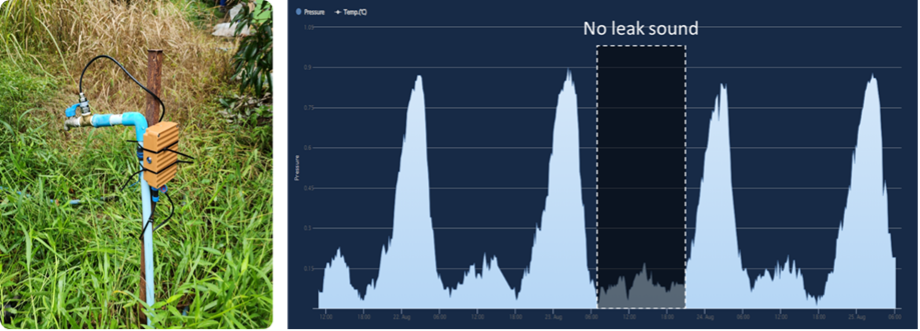

Pipe Material
The material of the pipes significantly affects how far leak sounds can travel.
Underground water leak detectors are especially useful when working with non-metallic pipes that limit sound transmission.
Distribution of Listening Points
The availability and distribution of points to detect water leaks (such as valves and water meters) are crucial.
In urban areas with metal pipes and numerous valves, successful leak detection might be possible by checking valves alone, without the need to inspect water meters.
The Importance of Water Network Configuration in Detecting Water Leaks
The configuration of the water pipe network largely determines the cost, time, and success rate of detecting leaks.
Areas with few listening points and non-metallic pipes pose significant challenges for acoustic leak detection.
Strategies for Challenging Scenarios
– Long Pipelines Without Listening Points
For long stretches of buried pipes without accessible listening points, two main strategies can be considered to help in detecting water leaks:
- Surface Listening: Checking the ground surface every 50 centimeters for leak sounds.
However, this method is time-consuming and nearly impossible in noisy urban environments.
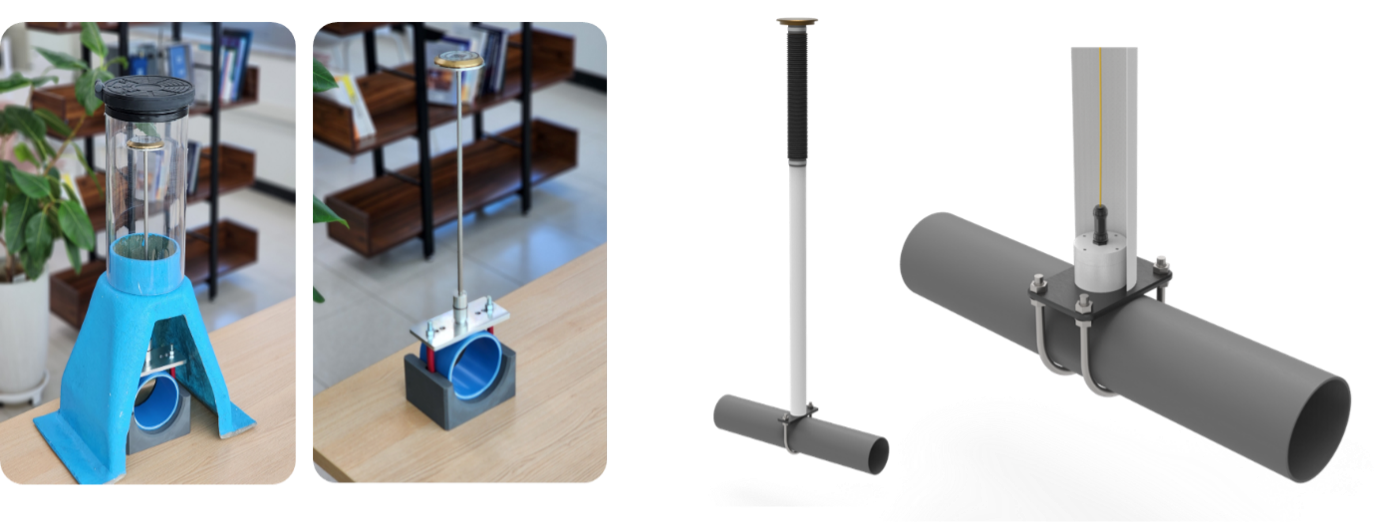
- Gas Injection: Injecting a mixture of 5% hydrogen and 95% nitrogen and air into the pipes.
However, due to regulations, many countries restrict this method for drinking water systems.
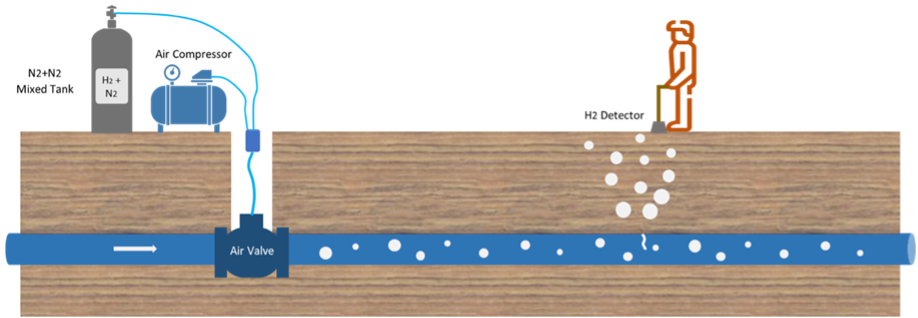
– Installing Permanent Listening Equipment
For areas where traditional methods are challenging, installing permanent listening equipment like Sonic T1 can create a sustainable infrastructure for ongoing leak detection.
While this approach has higher initial costs, it enables long-term, sustainable leak monitoring.
– Developing a Comprehensive Leak Detection Plan for Detecting Water Leaks
To create an effective leak detection system plan:
- Analyze the entire water pipe network based on GIS information.
- Collect and analyze pressure data at key points.
- Determine appropriate leak detection methods for different areas.
- Plan the timing and personnel deployment for leak detection activities.
- Identify blind spots where traditional leak detection is challenging.
- Consider installing permanent listening equipment or gas injection methods for these difficult areas.
Conclusion
Successful leak detection requires thorough planning and a good understanding of your water network’s characteristics.
By considering factors like water pressure, pipe materials, and the distribution of listening points, you can develop a comprehensive strategy that maximizes the effectiveness of your leak detection efforts.
Remember, investing in infrastructure improvements like permanent listening equipment can pay off in the long run by enabling sustainable, ongoing leak monitoring.
Looking to enhance your water leak detection system?
Contact WI.Plat today to learn how our advanced solutions can help you achieve more effective and sustainable water management.

